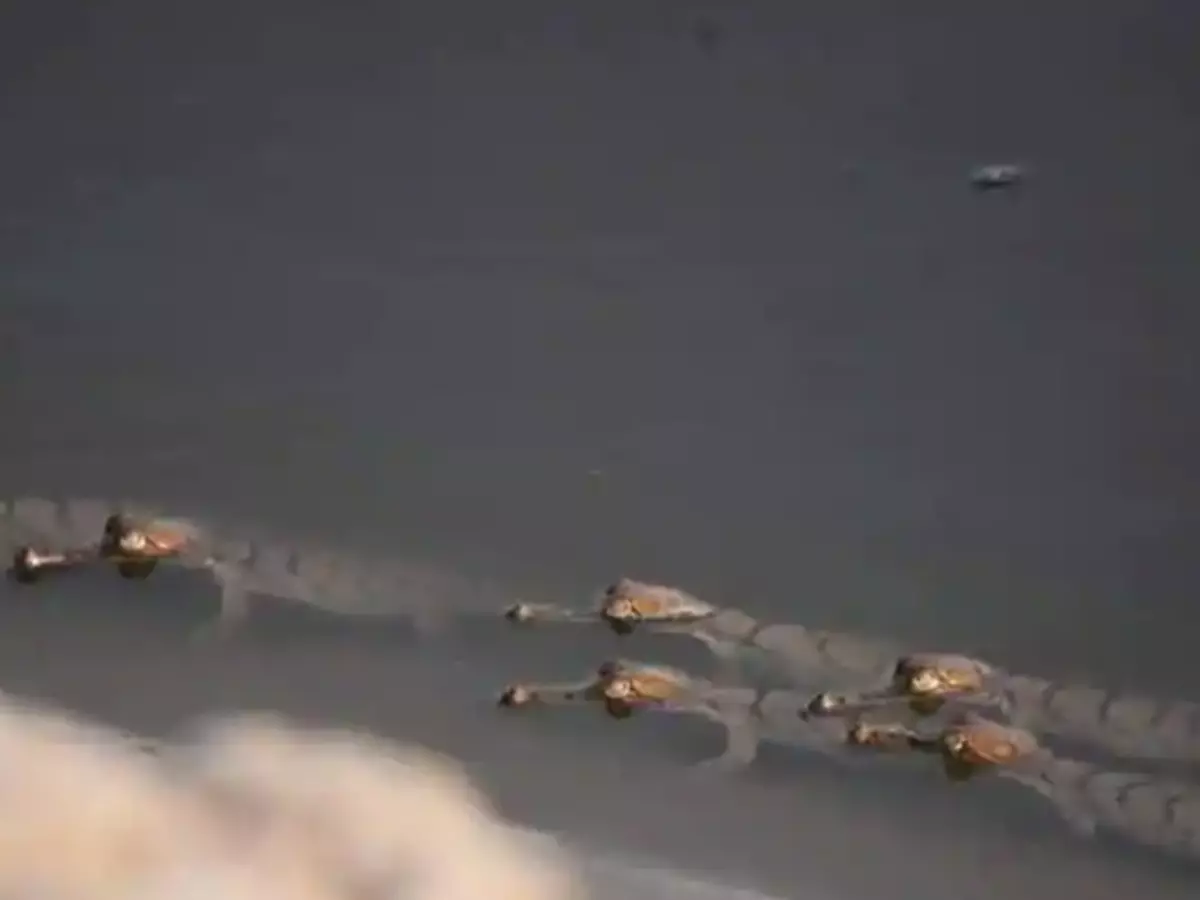With Reduced Human Activity Amid Lockdown, Gharials Return To Yamuna River After A Decade
The gharials laid eggs in Etawah, which is about 30 kilometres upstream from the Yamuna. Then a few days later, the infants swam towards the Yamuna along with the whole clan.

Yamuna ¨C apart from being a major waterway in India, it is also home to the gharial (Gavialis gangeticus) and the river dolphin (Platanista gangetica). But pollution has wreaked havoc on homes of these animals.
However, all thanks to limited human activity and improvement in Yamuna river's water quality, baby gharials of the Chambal river have returned after almost a decade. The Gharial's appearance has amused environmental activists and wildlife officials.
 HT
HT
The gharial, also known as the gavial, and fish-eating crocodile are enlisted as critically endangered species. Just a few weeks ago a number of gharial babies were born near Chambal river. Chambal Sanctuary officials are reportedly satisfied with the number of babies born this year.
According to a report by Hindustan Times, the gharials laid eggs in Etawah, which is about 30 kilometres upstream from the Yamuna.
Then a few days later, the infants swam towards the Yamuna along with the whole clan. The locals said that two of the babies died but the others can still be spotted.
A team of forest guards along with volunteers from villages have now been deployed for round the clock monitoring.
Also Read: Gharial, One Of World's Largest & Protected Crocodile, Stoned To Death By Villagers In Assam
Rajeev Chauhan, a conservation officer with Wildlife Institute of India told HT, that it was surprising the gharials were breeding in the Yamuna. Way back in 2011, the gharials ventured in the Yamuna near Haraur village for breeding for the first time, but by and large the amphibians remained in their natural habitat - the Chambal.
 Image For Representation
Image For Representation
¡°The first reason that comes to my mind is that the lockdown has improved the water quality of Yamuna so the gharials have started moving to it in big numbers,¡± Chauhan said.
Heart warming news during the pandemic.
¡ª Susanta Nanda IFS (@susantananda3) June 26, 2020
The ghariyals of the Chambal river have chosen in a big way to nest and breed in the Yamuna, one of the most polluted rivers. After a decade almost due to less pollution reports HT.
Do you know the Southern limit of Gharials in India? pic.twitter.com/N19KgxM4G2
IFS officer Susanta Nanda tweeted about the rare occurrence writing, 'Heartwarming news during the pandemic.
The gharials of the Chambal river have chosen in a big way to nest and breed in the Yamuna, one of the most polluted rivers. After a decade almost due to fewer pollution reports HT.
Do you know the Southern limit of Gharials in India?'
Amid lockdown, many other animals around the world have reportedly returned to their natural habitat as humans stayed indoors
